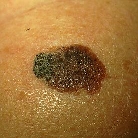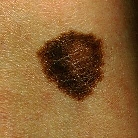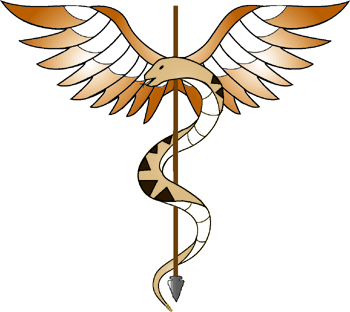NEBRASKA MELANOMA CENTER ®: Midwestern Values Nebraska Focused
www.nebraskin.com
Clinically integrated melanoma prevention, early diagnosis and care is finally here!
NEBRASKA MELANOMA CENTER ® SKIN CANCER FUN QUIZ
| Home | About Us | Melanoma | Squamous Cell Cancer | Basal Cell Cancer | Pre-Cancers |
| Skin Screening | Notification | Consent | Database | Referrals | Links |
Through telemedicine, we are now offering comprehensive skin consultations between your patients and the teaching faculty of medical schools
Nebraska physicians who can treat your skin disease or detect cancer
WHO SHOULD EVALUATE OR BIOPSY YOUR SKIN?
Melanoma: Prevention, diagnosis and treatment
The American Cancer Society and Centers for Disease Control estimates over 75,000 new cases of malignant melanoma diagnosed will be diagnosed in 2016.

Melanomas are very dangerous skin cancers. Approximately five percent (5%) of all skin malignancies are melanomas. Melanoma may spread (metastasize) to other areas of the body, if not detected early, and may eventually kill.



Images from left to right: Benign mole, Dysplastic mole, Malignant
melanoma
The ABCDEF method (see photos above) may help detect melanoma: A (most early melanomas are asymmetrical); B (borders of melanomas are uneven); C (color; varied shades of brown, tan, or black are often the first sign of melanoma); and D (diameter; early melanomas tend to grow larger than common moles, greater than 6 mm in diameter), E (elevation or enlargement, areas of melanoma may be elevated above the level of the adjacent skin and appear as small nodules, itch, ulcerate, or bleed) and F (funny looking skin lesion especially if increasing in size or changing color).
The major risk factors for developing cutaneous melanoma are (in order of decreasing importance): (1) a new mole or pre-existing mole that has changed or is changing, (2) dysplastic moles with a prior personal history of melanoma and familial melanoma history, (3) dysplastic moles, and (4) large congenital moles. Melanoma may develop “de novo” from apparently “normal skin”. People with a history of “blistering” sunburns should be closely examined throughout life for melanomas. Each year, malignant melanoma kills over 110,000 people worldwide. Routine self examination of one’s skin is a very important component of early diagnosis of melanoma.
NEBRASKA MELANOMA CENTER ® is a public-private
effort in healthcare services related to educating Nebraskans about proper
skin care as well as the prevention, diagnosis and treatment of skin conditions,
including skin cancers. If you undergo a skin biopsy, the skin specimen may
be sent to NEBRASKA MELANOMA CENTER ® and its affiliate,
Pathology Services, P.C. for processing, evaluation, diagnosis,
and inclusion in its database.
Having your skin biopsy specimen(s) sent to Pathology Services, PC. is not required to avail yourself of the resources of NEBRASKA MELANOMA CENTER ®. If your healthcare provider sends your skin biopsy specimen elsewhere, NEBRASKA MELANOMA CENTER ® would appreciate a copy of your pathology report to include its diagnosis in its Nebraska cancer registry. The probability of tumor recurrence within 10 years after curative resection is less than 10% with tumors less than 1.4 mm in thickness. For patients with tumors less than 0.76 mm in thickness, the likelihood of recurrence is less than 1% in 10 years. Ongoing national research furthers our efforts to continually improve skin disease diagnosis and treatment for Nebraskans.
For more information about our services or to send skin biopsies to us, contact
NEBRASKA MELANOMA CENTER ®: Midwestern Values Nebraska Focused
NEBRASKA MELANOMA CENTER ® is a service mark of Pathology Services, P.C.

611 West Francis Street
North Platte, Nebraska 69101
Byron L. Barksdale, M.D.
Phone: 308-532-4700
© Copyright, 2003-2017 Healthy Nebraska, Inc. All rights reserved worldwide.
